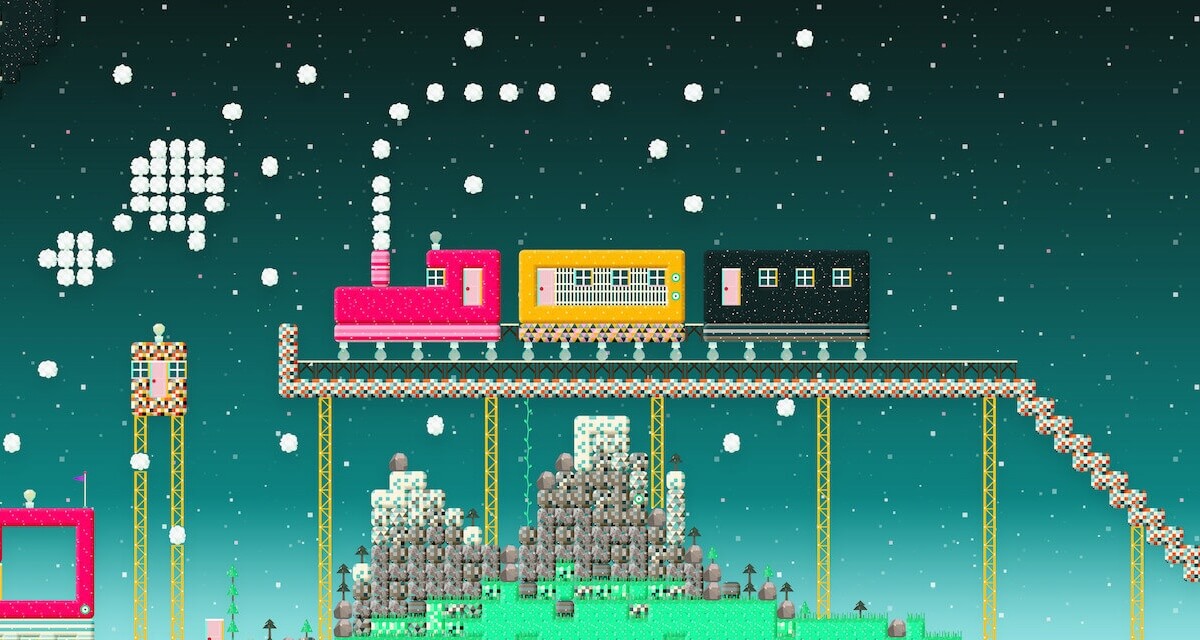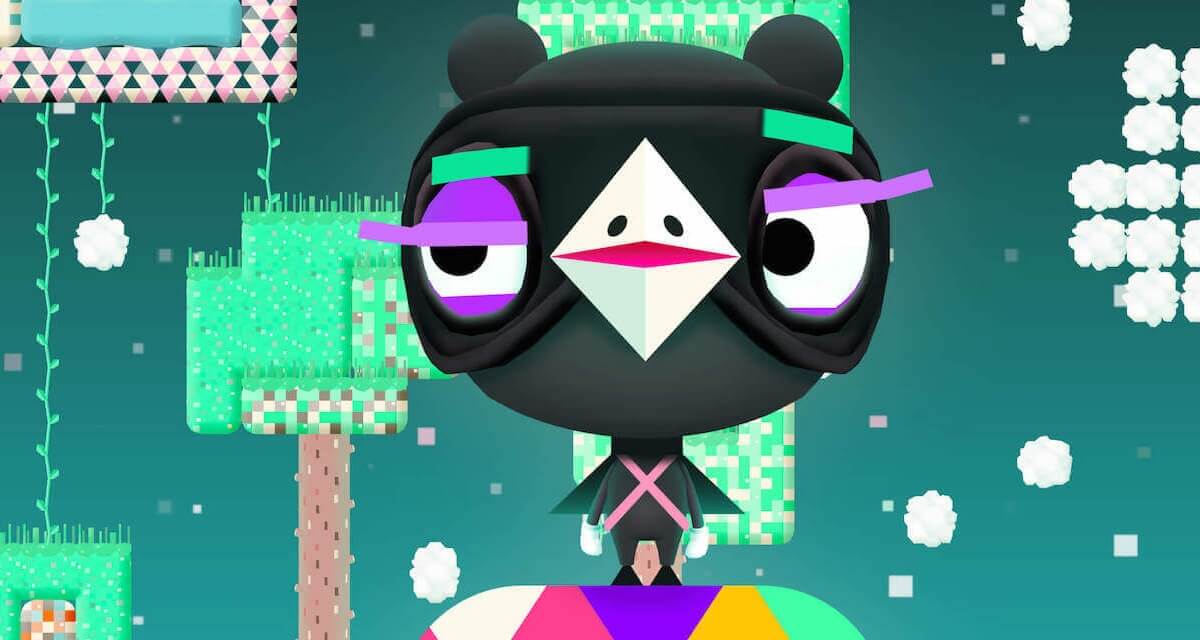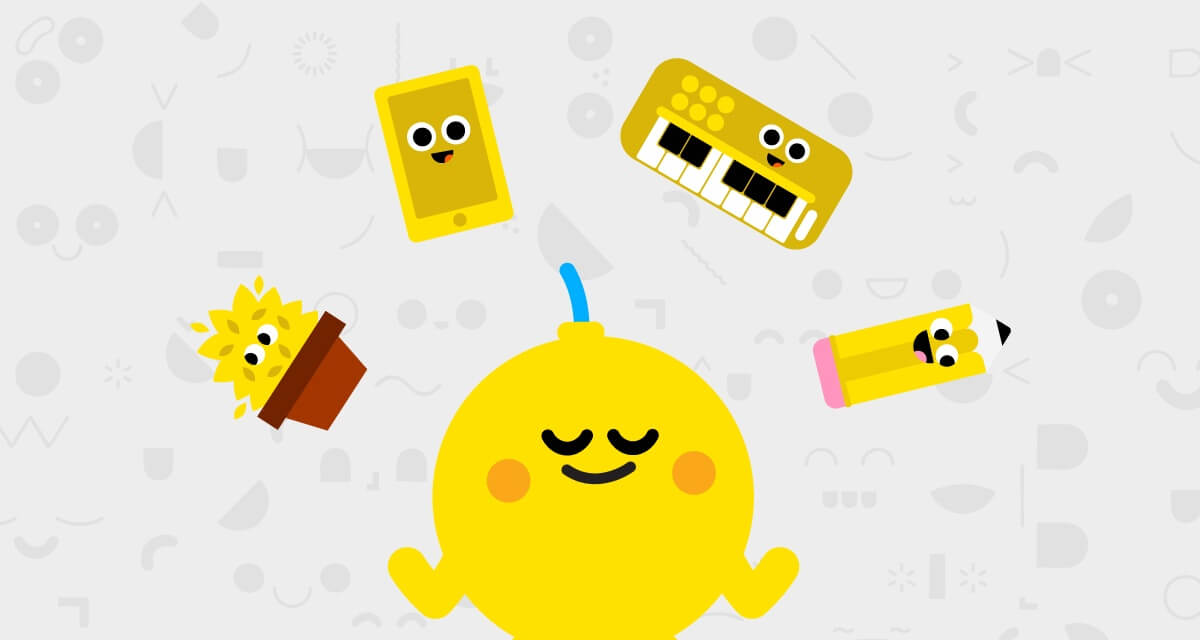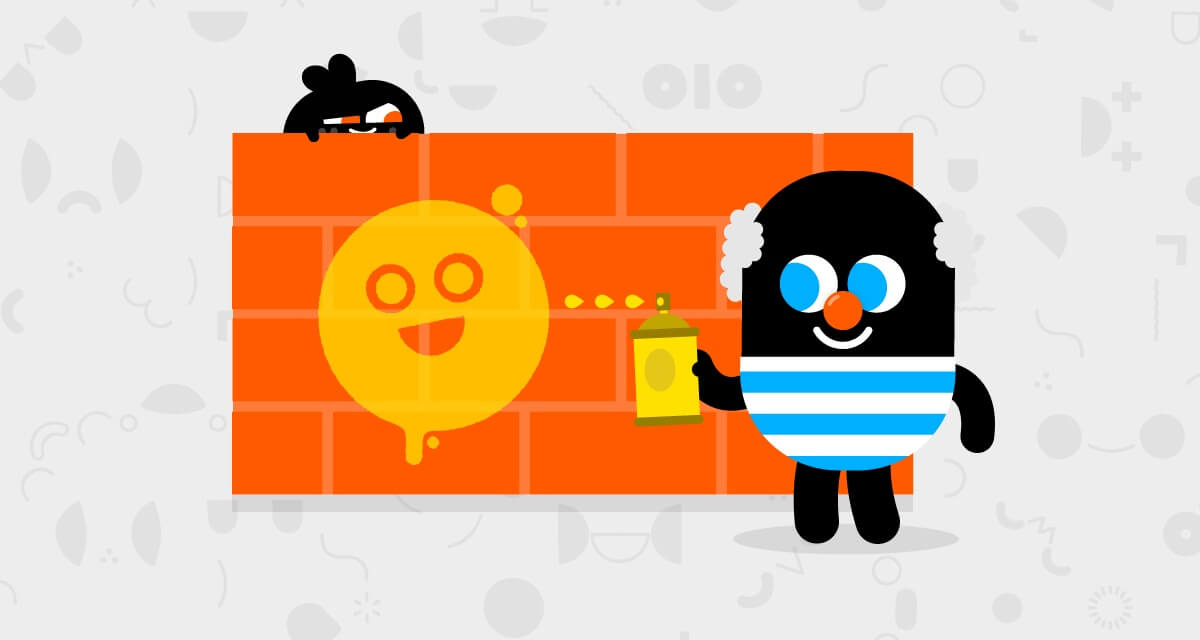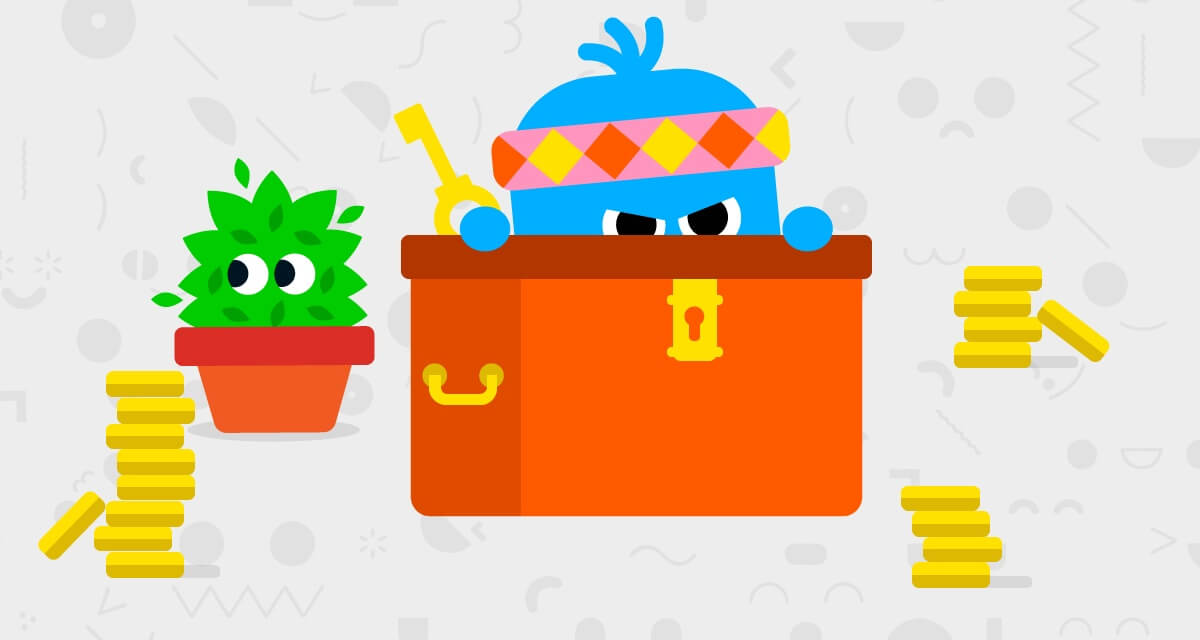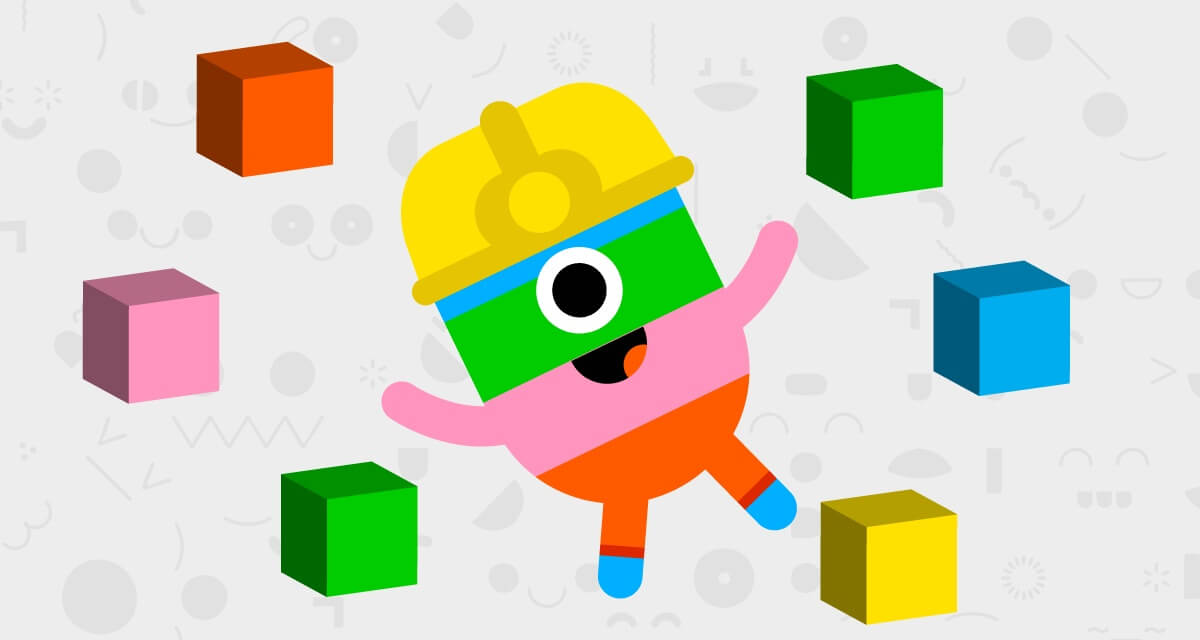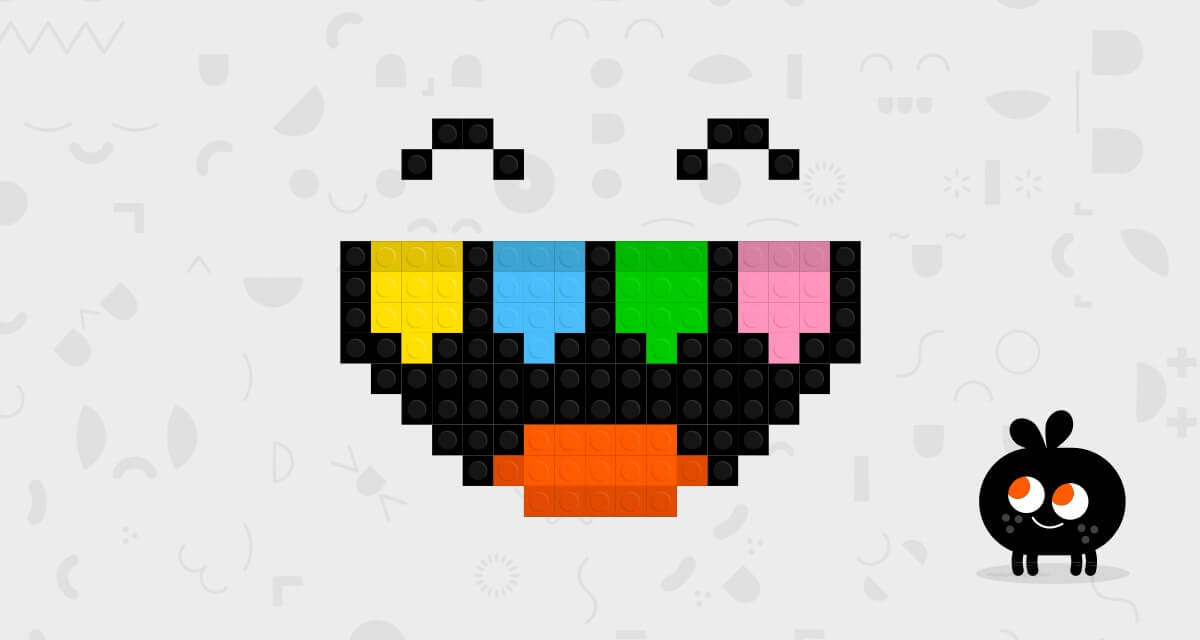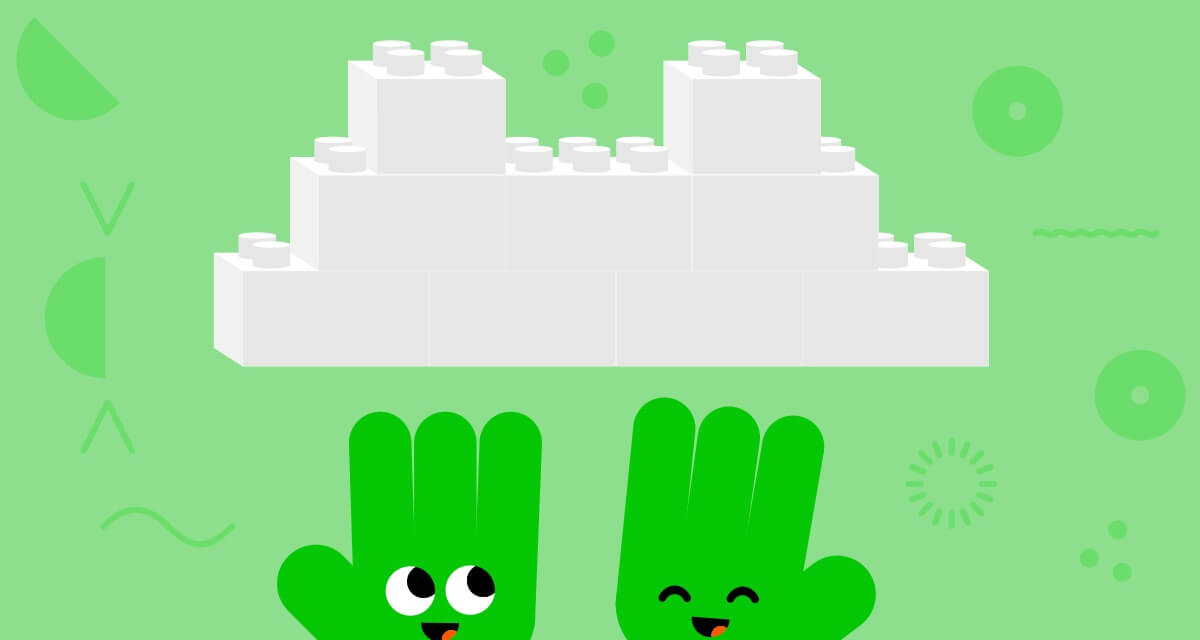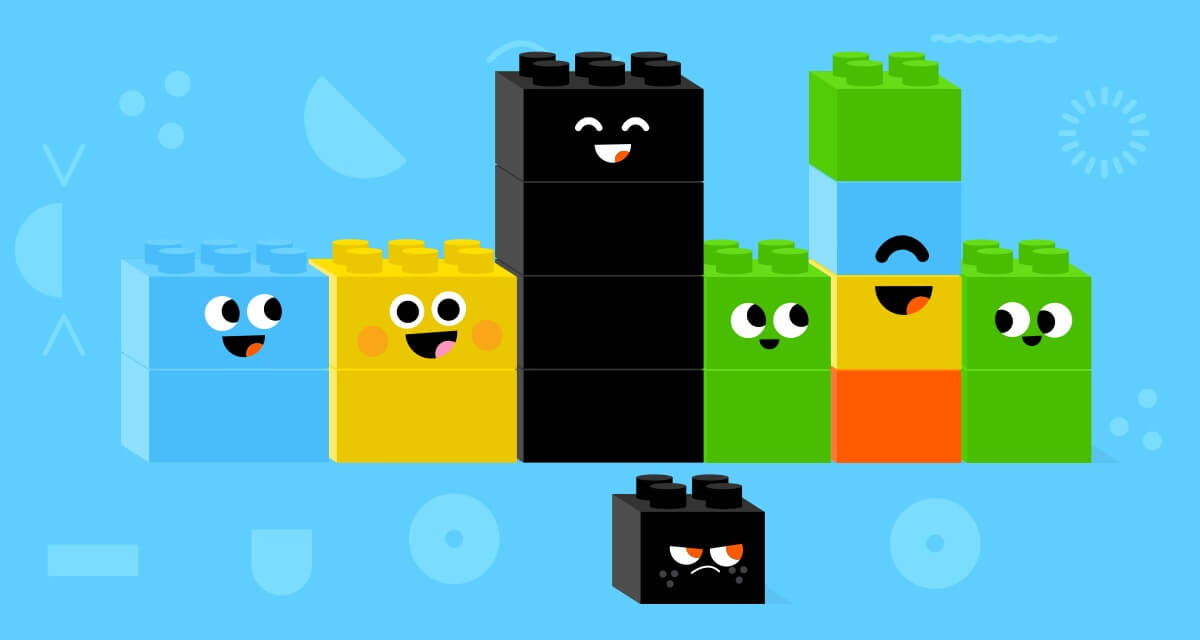Toca Blocks, Minecraft and more: Find out how kids can learn from playing in digital worlds.
- By
- Parker Barry
 Consider how a young child plays in a backyard sandbox. She digs around with her hands in the sand, perhaps incorporates a few toys or characters in her play, and shapes her sandbox world without a clear goal or endpoint in mind. Playing in a sandbox is a multisensory experience that is free and unstructured.
Consider how a young child plays in a backyard sandbox. She digs around with her hands in the sand, perhaps incorporates a few toys or characters in her play, and shapes her sandbox world without a clear goal or endpoint in mind. Playing in a sandbox is a multisensory experience that is free and unstructured.
Unfortunately, most playgrounds and backyards no longer have a sandbox, and the big sandbox that most of us call the beach is not always an option. However, there is an engaging genre of video games referred to as sandbox games that promotes the freedom and open play of a real-life sandbox.
Different kinds of sandbox games
All sandbox games are not the same. Their commonalities include a large open world where players have the freedom to explore on their own and, in some cases, to choose adventures and side quests. Some sandbox games are set in vast city environments or large natural settings, others in more limited realms such as homes, doctors’ offices or hair salons. In many sandbox games — like Toca Blocks — players can build or alter the world itself or influence their characters.
Most sandbox games have limited goals (if any at all) and many ways to progress in the game, so that there is not one single direction that players need to take. For the most part, sandbox games do not have a definitive beginning or end, and a sense of achievement and success can occur throughout any part of the game.
Many sandbox games also have mini-games integrated into them. These mini-games tend to be more goal oriented but are generally a small part of the overall gameplay.
Sandbox games appeal to a broad age range
Some of the more popular sandbox games are those made for teens and adults. Most notably, games such as Grand Theft Auto, Skyrim, Fallout, World of Warcraft, Mass Effect and Assassins Creed allow gamers to explore where they want and to engage in the activities they find most interesting. However, most of these games impose restrictions on players based upon the limitations of the game world and plot progression.
There are also a great many sandbox games for younger children. In these games, exploration, creativity and a lack of predetermined outcomes make gameplay highly engaging and an opportunity for learning.

Toca Blocks is a world-building app that lets kids play in the worlds they create.
Sandbox games encourage freedom of play
What is incredibly powerful about sandbox games is the freedom of play they encourage. Because there are limited roles and goals that are set by the players, they are much closer to a form of free, unstructured play than many types of technology.
Players are often able to choose the path they take in the game, which activities they partake in, characters and tools they use, and on what they want to focus their attention. These type of open-ended games and apps for younger kids help them to play in a self-directed fashion, develop new interests, and explore a setting they might not normally have access to in real life.
There are often very specific features in sandbox games that may attract a particular child’s interest. For example, one of my patients who regularly plays Minecraft, which is perhaps the purest example of a sandbox game, was very engaged in building contraptions and circuits out of redstone, an ore found in the game that conducts electricity.
Child psychologists use the same techniques
Interestingly, child psychologists and play therapists have used these techniques for many years in their work with children. A common tool in a play therapist’s office is something called a sand tray. Sand trays are generally small sandboxes with a variety of characters and objects that allow kids to describe the major relationships and events in their lives. Sand trays often have toy buildings and structures to facilitate expression of thoughts and concerns about home and school and are considered to be a powerful way to help kids explore and articulate feelings about difficult issues.
Child psychologists and play therapists have used these techniques for many years.
Some play therapists have recently started to use Google Earth as an alternative to sand-tray therapy. Consider how playing with Google Earth allows for exploration, finding new things and nearly endless searching. Therapists allow children to be self-directed in what they explore with Google Earth and often discover that they choose to find their school, home and friends’ houses and voluntarily begin to voice their thoughts and concerns about these settings.
What kids love about sandbox games
Kids have a common refrain when asked what they like about sandbox games: that they enjoy choosing what to do, constructing and building within the game and exploring places they have not been before.
One of my patients told me, “I can do what I want, go where I want, and build anything I want,” in reference to playing Minecraft. It is almost as if players get to go on a treasure hunt that leads them into places they have never been before. Players often find that they are able to do something unique in the game or combine activities to create something brand new.
They enjoy choosing what to do, constructing and building and exploring places they have not been before.
Sandbox gameplay nurtures creativity
Sandbox games are not the only type of video games that can facilitate creativity, personal development and self-direction. However because many sandbox games do not have hard and fast, predetermined outcomes, kids’ play activities are typically more representative of who they are rather than based upon the demands of the game. This type of less-structured play nurtures decision making and critical-thinking skills, self-awareness and creativity. There are compelling studies suggesting that this type of unstructured sandbox play may also facilitate improved executive functions and self-control.
This type of less-structured play nurtures decision making and critical-thinking skills, self-awareness and creativity.
The openness of sandbox games brings out play that reflects the internal motivations and interests of the players. Sandbox games can be thought of as an (almost) blank canvas for play. As a result, watching your child play these games is likely to reveal something about her inner self to you. So the next time your child wants to play a sandbox game, let her — and use it as an opportunity to sit back and watch her explore who she is.
Randy Kulman, Ph.D., is a licensed clinical psychologist and founder and CEO of LearningWorks for Kids.
